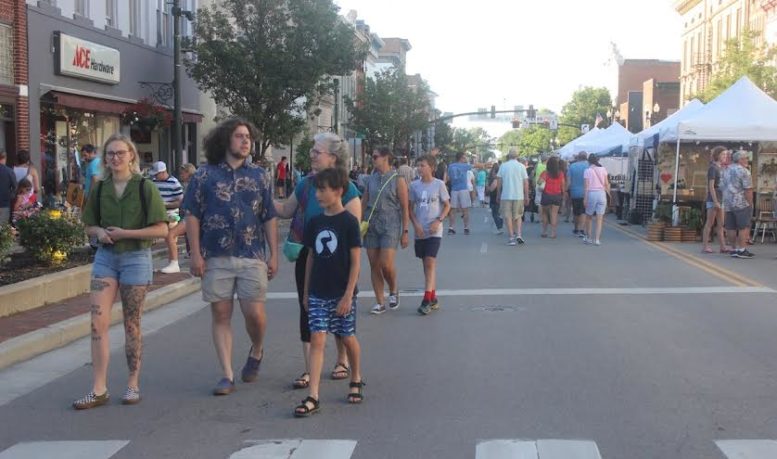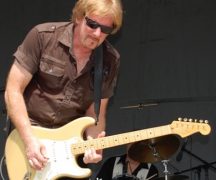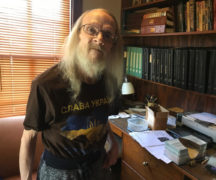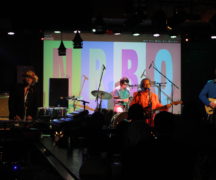By JULIE CARLE
BG Independent News
Bowling Green City Council awarded micro-grants to four local organizations for projects that include a summer city festival series, a mural on North Main Street, a rebranding of alley walkways and a neighborhood effort to decrease the population of feral cats.
Grants totaling $15,000 were announced at Tuesday’s council meeting. BG Mayor Mike Aspacher and Community Development Administrator Martha Woelke recognized the four organizations for projects that promote citizen engagement, enhance neighborhoods, improve safety, encourage economic development or address neighborhood needs or aspirations.
The 2022 micro-grant recipients were:
- Firefly Nights, whose mission is to foster the diverse, neighborly and lively atmosphere of Downtown Bowling Green while giving the community an opportunity to gather for family fun, food and entertainment. Woelke said, “There were a ton of people downtown” at their first event this year on June 17. The festival received $5,000.
- Howard’s Club H Mural, at 210 N. Main St., will be installed on the north-facing wall of Howard’s Club H, making it the first downtown area wall visible to southbound travelers on Main Street and will provide a lively visual of public art in a previously underutilized space. The mural project received $5,000.
- The Downtown Foundation in partnership with the BG Parklet Project and the Bowling Green Arts Council are working together to rebrand the alley walkways connecting the back parking areas with the front areas of downtown. The first alleyway identified for improvement is Dogleg Alley, adjacent to City Lot 1, Finder’s Records and Sterling’s Amish Deli. The walkway project received $4,000.
- Fourth Ward Felines, a group of volunteers that has banded together to decrease the number of feral cats in the Fourth Ward. They have partnered with Midway Animal Hospital and the Wood County Humane Society to spay and neuter wild cats hoping to reduce disease spread and nuisance problems. Fourth Ward Felines received $1,000.
According to Aspacher, a total of nine organizations applied for grants totaling $35,000.
The micro-grants ranged from $500 to $5,000.
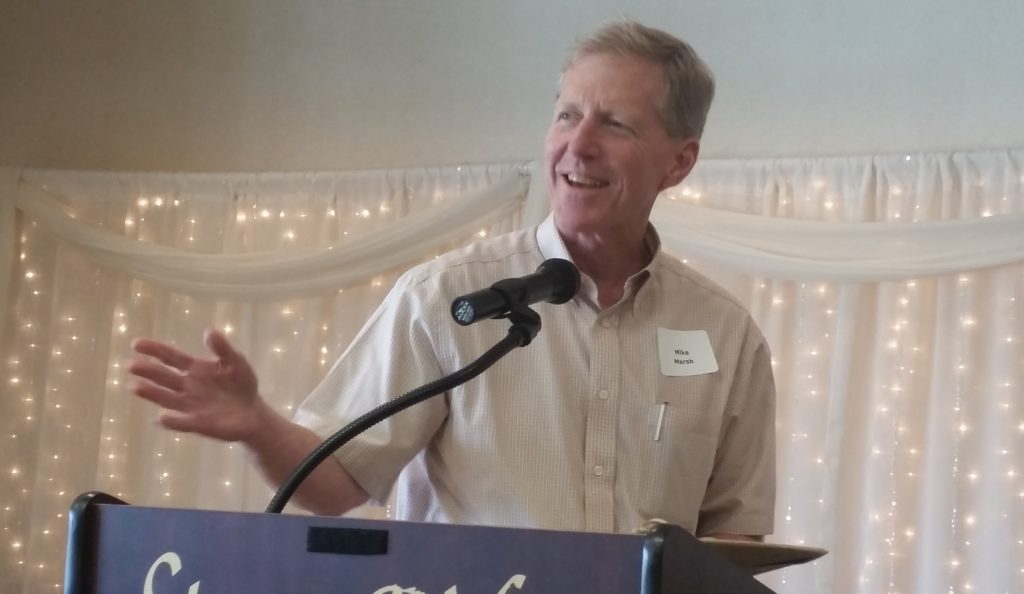
Mike Marsh announces final day as city attorney
“A true pillar of the community” will be stepping down as Bowling Green City Attorney this fall.
Mike Marsh, who has been a legal adviser for the city since 1988, announced at Tuesday’s city council meeting that his last day will be Sept. 30.
BG Mayor Aspacher said Marsh started working for the city, first collecting trash to work his way through school, later being named city prosecutor and then city attorney.
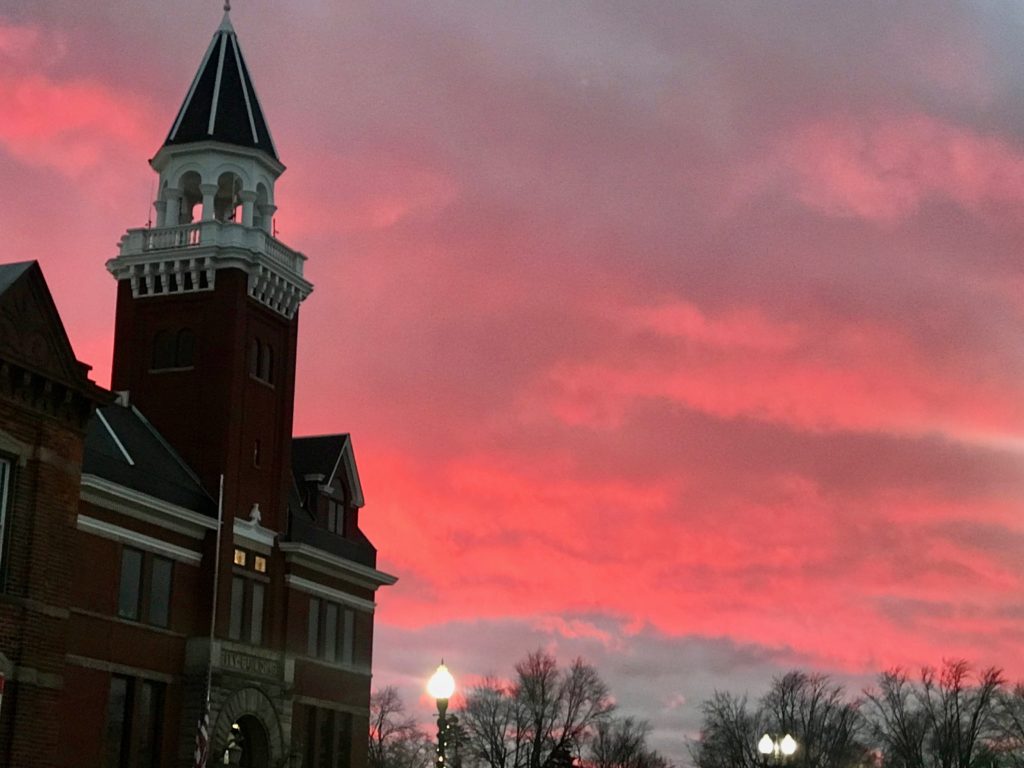
Landmark buildings are first on local historic register
Two landmark buildings in Bowling Green are the first to get on the local historic register.
Bowling Green City Council provided the final approval to place Needle Hall and the Police Building on the Historic Preservation Committee’s local register.
“This is our first run through of this process with local historic preservation,” BG Planning Director Heather Sayler reported at the public hearing prior to the council meeting.
Needle Hall, at 520 Conneaut Avenue, was originally called Floral Hall, as the facility for the floral exhibits when the Wood County Fair was held on the grounds of the park and the adjacent golf course. Later the building was renamed Needle Hall when it became home to the fair’s needlepoint exhibitions. The structure, built in 1884 by an unknown architect, is an octagonal-shaped pavilion constructed of wood on a rock/brick foundation with a floor plan shaped like a four-legged Greek cross.
The end of each of the four cross legs are extended beyond the central octagonal floor plan shape. Overhead is a hip-style wood shingled roof over each of the four cross legs and an octagonal shingled roof over the central octagonal plan. Double doors are located at the end of each cross leg.
The city’s Police Division Building, at 175 W. Wooster St., was built in 1892-1893, and briefly served as the Wood County Courthouse from 1894 to 1896. It later became the Bowling Green City Building, which housed various city offices and the fire station.
In 1986, the building underwent an extensive renovation to serve as the city’s police building. The exterior footprint, materials and shape were not greatly altered.

